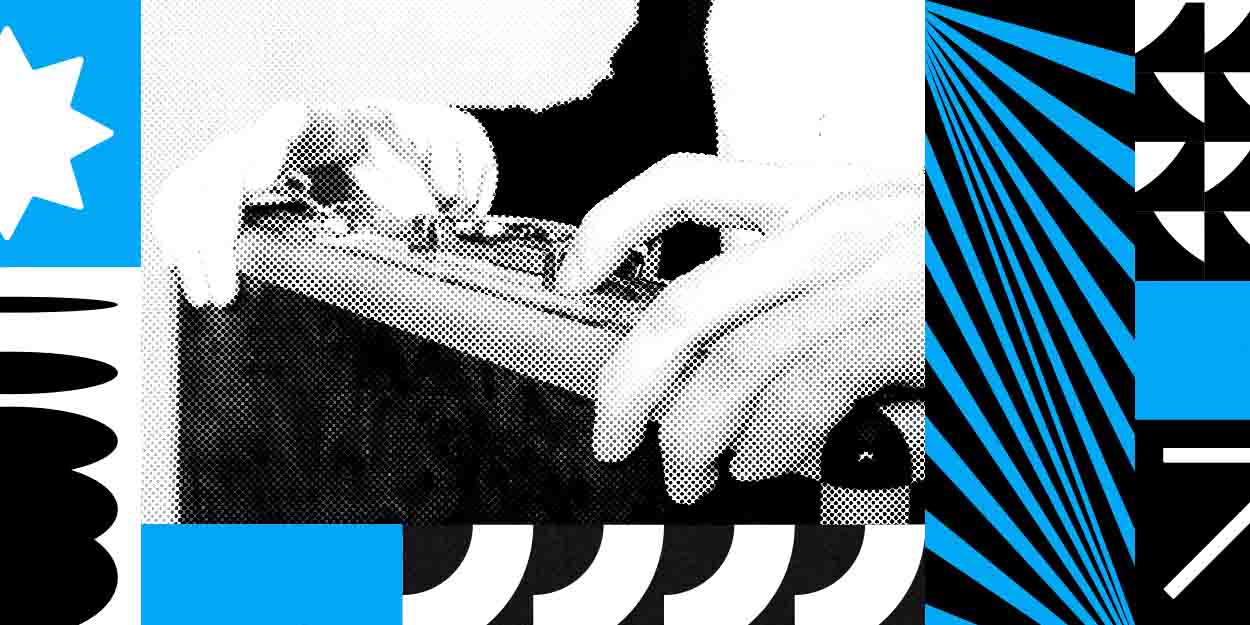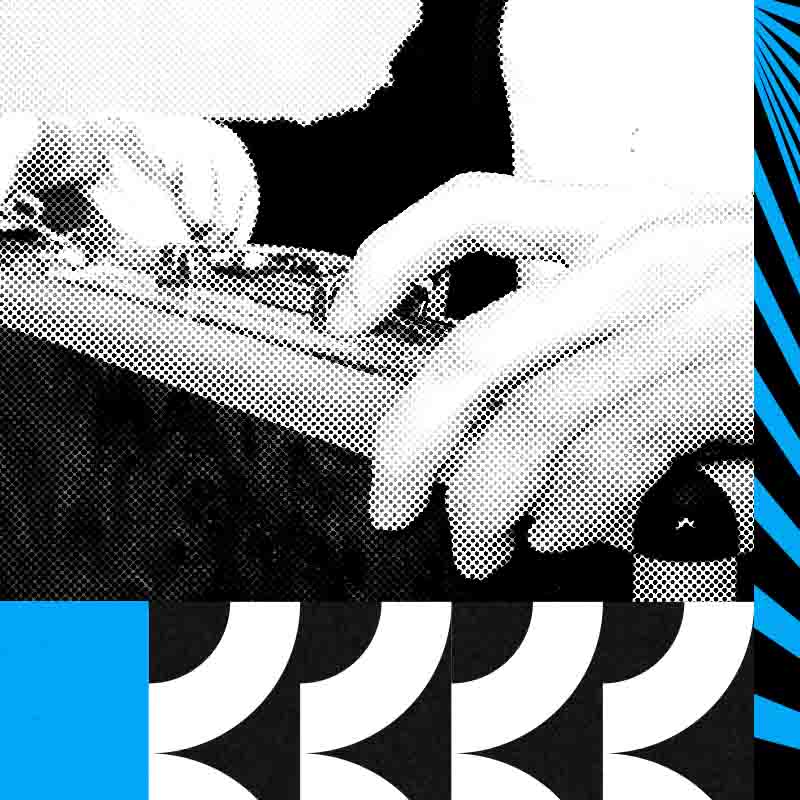The Brand BriefcaseWhat Every Client Stakeholder Should Carry into a Rebrand


A rebrand isn’t a simple logo swap; it touches every part of your customer experience. Without clear direction, you’ll spend precious time debating colors or reworking copy instead of moving smoothly from concept to launch. The Brand Briefcase gives you and your creative partner a stronger starting point: clear goals, a defined scope, and transparent expectations. That alignment shrinks review cycles and keeps your budget predictable.
And remember, all the items on this list are best-case scenarios. You might not have clear answers to all these questions, and that’s ok. A good agency will guide you in finding the answers and building a stronger foundation for your brand. But here’s the truth: no one knows your brand better than you and your team. Sharing that inside knowledge with your agency isn’t optional—it’s essential. The more you set expectations, come prepared, and open up about what you know, the stronger your creative results will be. Guaranteed.
Part 1: Brand Vision & Goals
Before any typeface is chosen, ask: what do we want to achieve? Maybe you’re branching into a new service line, sharpening your value proposition, or refreshing your brand to reflect internal growth. It doesn’t have to be beautiful (your agency can help with that), but it will keep it anchored tol business outcomes.
Action Items
- Write a one-sentence vision statement (e.g., “We help small businesses scale operations with simple, reliable software.”)
- Jot down your top three reasons for rebranding (e.g., modernize visual style, clarify messaging, reach new segments)
- Identify business goals tied to the rebrand (lead volume, customer retention, pricing power)
- Share past pitch decks or strategy docs that outline these goals
Part 2: Audience Insights
You don’t need fresh market research for a first pass, but you do need to compile what you already have. Internal reports, past survey results, or summary notes from customer calls are gold. Sharing these insights with your agency lets them deepen the research where it makes sense, rather than starting from scratch.
Action Items
- Gather existing audience profiles or personas (even if rough)
- Export top-of-funnel analytics for your website or app
- Compile recent customer-feedback from your CRM or support channels
Part 3: Competitive Analysis
Your brand lives among others vying for attention. A quick audit of peers reveals both crowded spaces and open opportunities. Rather than expecting your agency to reinvent the wheel, give them a head start by pulling together existing intel.
Action Items
- List three competitors and share screenshots of their homepages or key marketing materials
- Note each competitor’s claimed strengths (e.g., “24/7 support,” “AI-powered insights,” “budget pricing”)
- Highlight one area where you want to stand apart (tone, feature focus, audience niche)
Part 4: Creative Preferences
“Make it modern” can mean anything. Get concrete by showing what resonates—and what doesn’t. A simple folder of “love” and “leave” images, plus a few words describing your brand personality, gives designers context so they can hit the ground running.
Action Items
- Assemble five examples of brand work you admire (websites, ads, packaging, etc, whatever your deliverables are)
- Pick three examples that miss the mark for your aesthetic
- Jot down three adjectives that capture your brand’s character (e.g., bold, approachable, tech-savvy)
Step 5. Deliverable Checklist
A rebrand spans more than a logo. From social-media templates to slide decks to office signage, you’ll want a clear list of deliverables before design begins. This prevents last-minute surprise requests and helps your agency scope resources.
Action Items
- Specify brand fonts and color codes (HEX/RGB) you already use
- Inventory key collateral: deck templates, email headers, social posts, signage, any anything you need to walk away from the project with
6. Timeline & Budget
Projects that lack clear milestones tend to drift while their budgets inflate. Outline major phases and realistic windows, then share ballpark budget ranges. Your agency can refine these, but having a framework keeps everyone honest.
Action Items
- Draft a simple timeline: research (2–3 weeks), concepts (3–4 weeks), revisions (2 weeks), final assets (2 weeks)
- Allocate approximate budgets to each phase, acknowledging these are estimates
- Schedule biweekly check-ins to review progress and any scope shifts
Bonus: Stakeholder Alignment
A great rebrand needs internal buy-in. Identify key decision-makers, set up a kickoff meeting, and agree on a single source for feedback. This keeps approvals swift and disagreements out of email chains.
Action Items
- List your core stakeholders and their roles (marketing lead, CEO, operations)
- Book a 60-minute kickoff workshop to review the brief and action items
- Agree on one shared doc for consolidated feedback, with no more than three review rounds
Measure Twice...
A rebrand thrives on preparation. By packing your Brand Briefcase—vision, audience intel, competitive context, creative guidelines, and clear logistics—you’ll partner effectively with your agency and turn a complex project into a strategic success. Ready to get started? We’re here to help you check every box.


